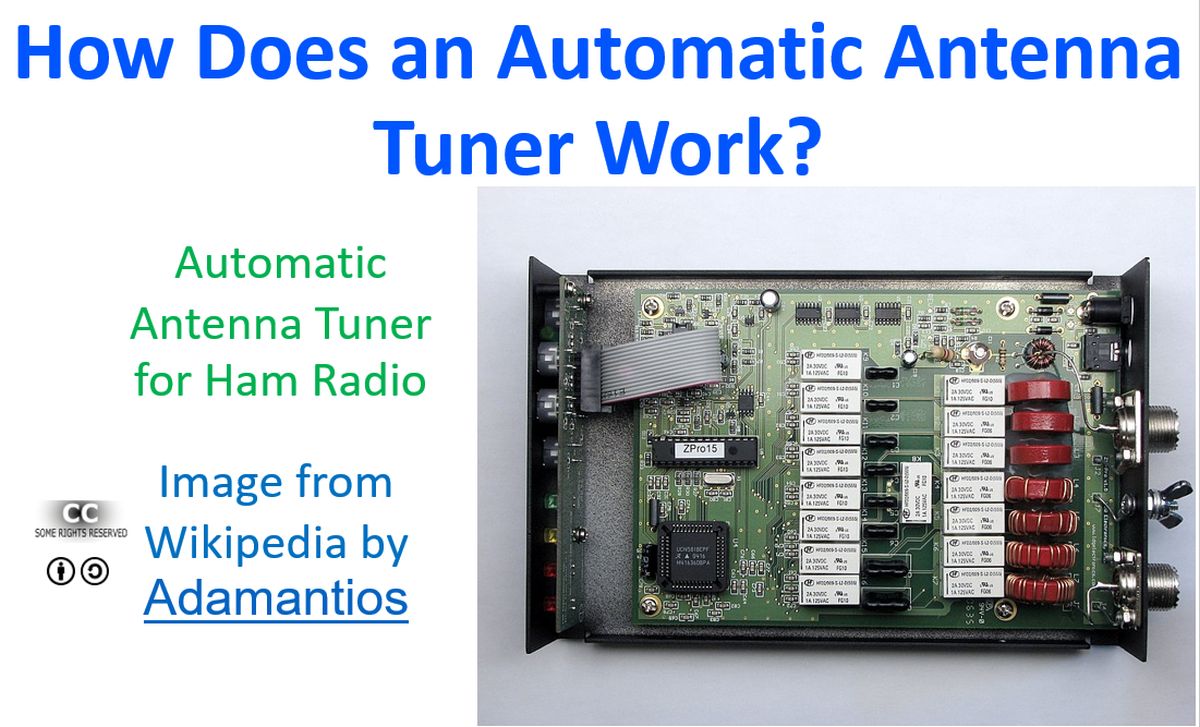How Does an Automatic Antenna Tuner Work?
How Does an Automatic Antenna Tuner Work?
An antenna tuner is used to match the impedance of the antenna system to that of the amateur radio, which is typically 50 Ohms, especially for multi band operation with non-resonant antennas. An antenna tuner can be attached near the radio or kept remotely at the antenna, with both setups having its own advantages and disadvantages. A remote antenna tuner can give a low SWR in the feedline between the antenna and the radio, but tends to be more expensive as it needs weather proofing. Moreover, it is not possible to use a manual antenna tuner remotely and hence it has to be an automatic antenna tuner. Automatic antenna tuners can also be used near the radio like a manual antenna tuner. Most expensive modern amateur radios have built in automatic antenna tuners. But the range of the built in automatic antenna tuners is usually low, taking care of SWR or Standing Wave Ratio up to about 3:1. If the SWR in the system is higher you may still need an external antenna tuner in addition to the built in antenna tuner within the amateur radio.

As can be seen from the image, an automatic antenna tuner has several coils, capacitors, switching relays and a microprocessor to control the switching process. Some automatic antenna tuners require an additional button to be pressed for tuning while others sense the radiofrequency signal and function fully automatically. The microprocessor quickly selects a combination of inductors and capacitors and switching between them finds the combination which provides a low SWR. Once a good combination is found, the microprocessor stores the combination in memory for future use. As the automatic tuner starts tuning, you can see the needle in the SWR meter coming down till an optimum SWR is reached, ideally 1:1. If the SWR is high, modern radios will cut down power to protect the final stages from heating up and prevent adequate power delivery to the antenna. Microprocessor is seen as the black square shaped flat device while the white box like structures are the relays. Black wafer capacitors can be seen near the relays. Red toroidal coils are the inductors.

Automatic antenna tuners can be rated for peak envelope power and continuous power. While peak envelope power may be suitable for a corresponding peak envelope power on SSB or CW mode, that will not be enough for digital modes like FT8. In FT8 mode, though transmissions can be received from low power radios at a longer distance, there is continuous generation of output. So the automatic antenna tuner must be able to tolerate the operating power on a continuous basis. Peak envelope power is the peak power for an instant, which will not be tolerated during continuous operation. Rating for continous power is usually much lower than the PEP.